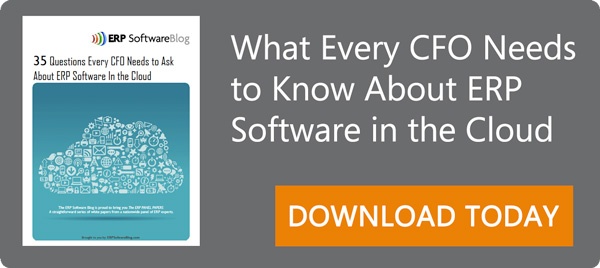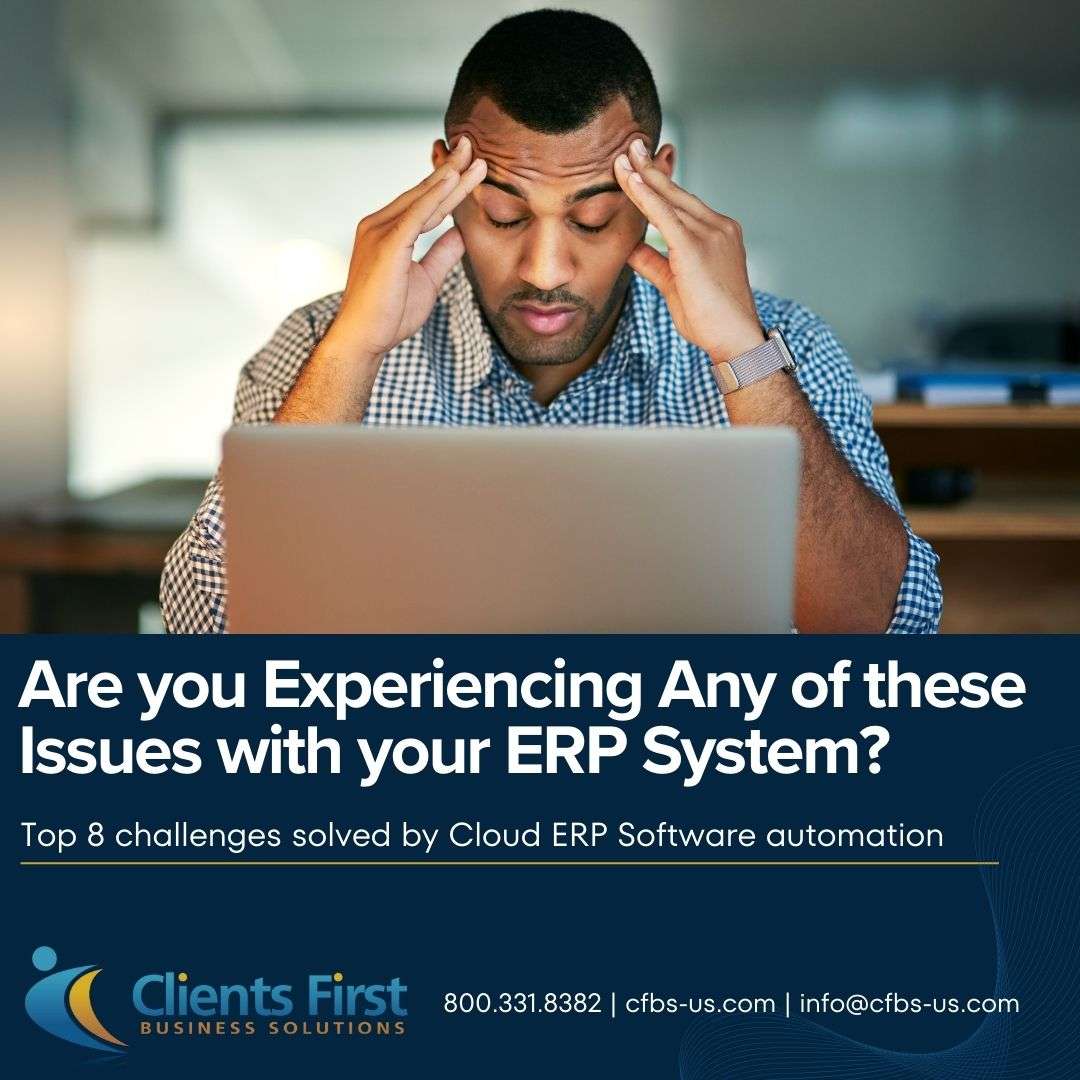
Few tools exist that can help organizations evaluate a more inclusive and accurate picture of the ROI of SaaS and on-premise systems. However, companies can build upon models for evaluating the two solutions and go beyond traditional cost approaches like total cost of ownership (TCO) to include business benefits, risk, and flexibility.
Comparing ROI of SaaS and On-Premise ERPs
According to a 2014 ERP Report by Panorama Consulting Solutions, nearly 25 percent of organizations are using cloud-based ERP solutions. However, the majority of respondents in the organizations indicated they still prefer on-premise ERP software to SaaS and cloud options. According to the report, most companies only report achieving between 0% to 40% cost-savings from using cloud ERP.
One factor most organizations fail to consider when opting for SaaS deployment is the cost of customization. This is an important factor to look into, especially over the long run. Carrying out due diligence on both deployments is important to finding the right solution for an organization.
In comparing the ROI of SaaS and on-premise options, substantial differences can be identified in their:
i) Costs
Generally, on-premise solutions are costlier, especially when comparing subscription and license fees. The systems typically require support, upgrades, and hardware maintenance fees on top of license fees.
On the other hand, most SaaS deployments bundle these costs into the subscription fees. Moreover, SaaS deployments avoid charges for end-user support and administration, temporary business support and backfill, hardware, and upgrades.
Some of the cost drivers in SaaS include fees for extra features such as premium helpdesk support, storage capacity beyond a preset limit, industry-specific functionality, mobile and offline access, among others.
In the long term, on-premise systems are less costly than SaaS options. However, theirs costs increase during upgrade cycles, which represent about 65% of the initial costs of implementation in year eight.
ii) Benefits
SaaS deployments bring immediate business benefits including shorter time to deploy, automatic updates, improved usability, and independence from IT. The result is enhanced integration with other IT and operational systems, especially when real-time integration is important. On the other hand, on-premise ERP has more pronounced integration than SaaS.
Given the lack of disruption in change management, usability, implementation, and upgrades, it is clear that SaaS deployments have an initial and significant advantage in achieving benefits.
iii) Flexibility
Both SaaS and on-premise deployments deliver ease of configuration, technical flexibility, and scalability. On-premise solutions deliver tailored configurations capacity, stronger tool sets for customizations, and proven integration capabilities. On the other hand, SaaS systems deliver technical agility by allowing migration to on-premise, greater deployment options in bandwidth-constrained environments, and reduced IT staffing requirements.
When looked at objectively, the advantages of flexibility of one solution over the other are canceled out by each other. Hence, there are negligible advantages in flexibility when comparing either deployment option.
iv) Risks
With SaaS, risk tends to center around impact risks like limited verticalization and customization capabilities, weaker integration, and loss of control. On the flipside, on-premise risks tend to be related to implementation risks such as support issues, training needs, and deployment complexities.
Here, the risks of on-premise solutions are slightly greater than those of SaaS solutions.
Which ERP is Right for You?
While the advantages of SaaS cannot be downplayed, the deployment is not ideal for all organizations. Generally, SaaS ERP is more suitable for smaller, less complex organizations that do not have very unique requirements. On the other hand, large organizations with more complex operations will find on-premise solutions appropriate.
Companies weighing between SaaS and on-premise options should assess ROI in 10-year periods, factor in the number of centralized users, adjust assumptions based on historical data, and also consider hybrid models.
Regardless of whether an organization goes for a SaaS or on-premise solution, the advantages and disadvantages must be carefully reviewed. The two scenarios must be compared objectively against the business needs of the company to determine which would be the right option.






